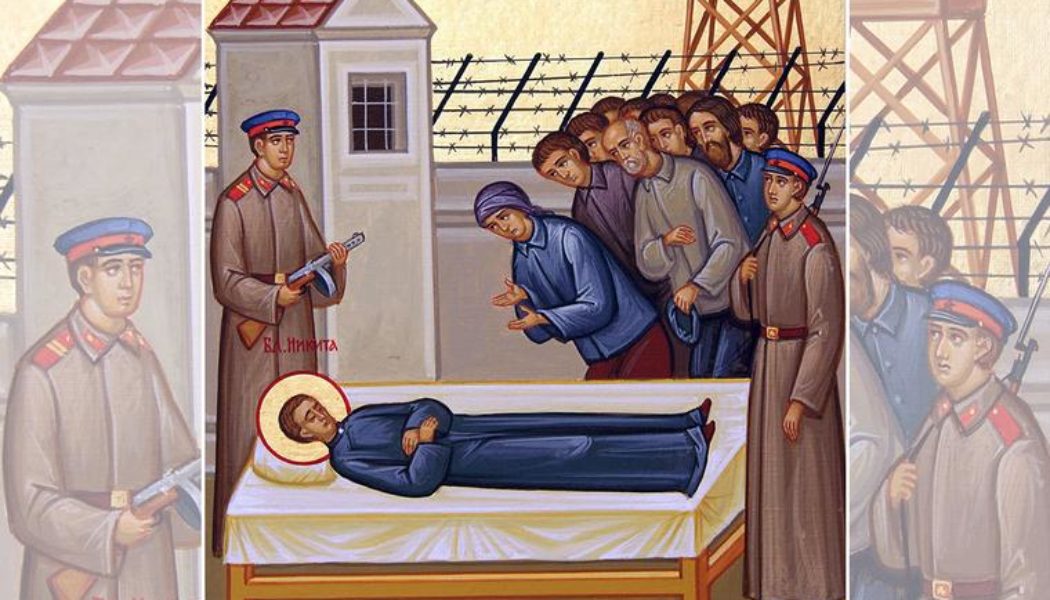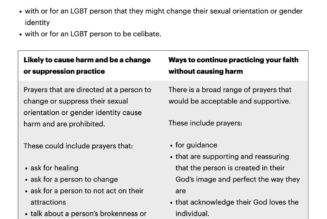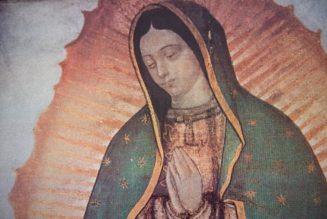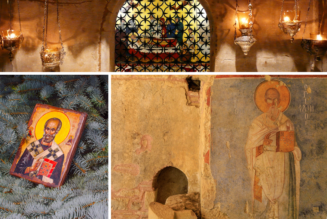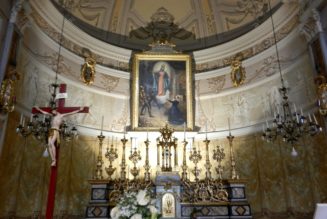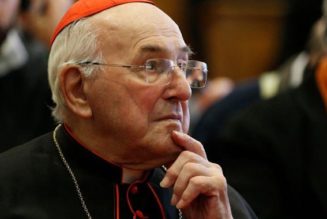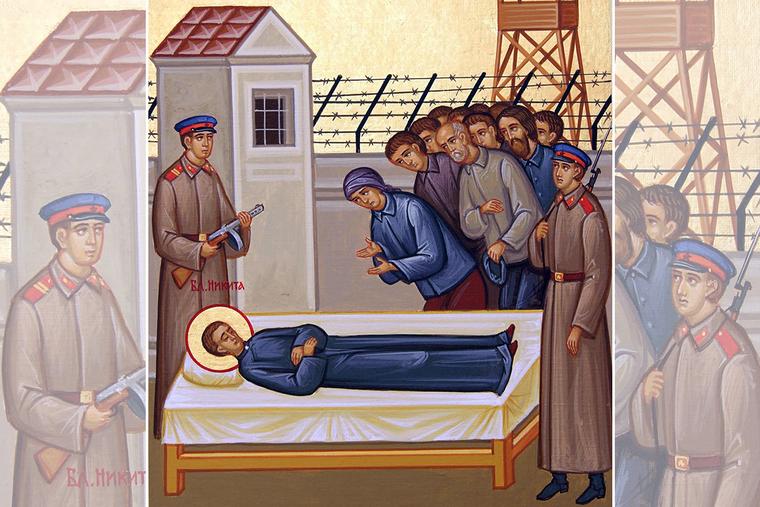
Blessed Nykyta Budka died in 1949 and was beatified by John Paul II in 2001, along with Blessed Vasyl Velychkovsky and other Ukrainian martyrs.
The optional memorial of Blessed Nykyta Budka (and Vasyl Velychkowsky, another Ukrainian Catholic bishop) is celebrated June 27 by dioceses in Canada. As I noted previously, the Church’s task is to produce saints, but there are only so many days available on the Church’s calendar to celebrate them. We collectively honor them all on All Saints Day (Nov. 1), but some saints are more relevant to particular countries or areas as compared to the universal Church.
To understand Blessed Nykyta’s connection to Canada, one should know something about Canadian immigration policy. In the late 19th and early 20th centuries, the United States drew immigrants from Eastern and Southern Europe to man its factories: Polish farmers became New Jersey factory workers. The closest many got to agricultural life was the abattoirs of Chicago’s stockyards.
Canada, at the same time, was also drawing immigrants, but its westward expansion was slower: Saskatchewan and Alberta would not become provinces until 1905. Interior Minister Clifford Sifton needed farmers to fill Canada’s western prairies, and while initial immigration policy was tipped in favor of Western European WASPs, there just weren’t enough proper British yeomen farmers who wanted to live in Manitoba. The need for experienced farmers eventually forced Ottawa to look east, which led to massive Ukrainian immigration to Manitoba and the other prairie provinces. Today, Ukrainians are the largest Slavic group in Canada, making up 4% of its population.
Canadian religious history in the West was largely the work of the Oblates of Mary Immaculate, though other orders played lesser roles. But even the Oblates were not fully capable of ministering to the Ukrainian immigrants, many of whom were “Ukrainian Catholics” or “Greek Catholics,” i.e., people in union with the pope but who were allowed to keep the Byzantine liturgy. (They are sometimes called “Uniates” because of various “union” agreements, mostly in the 16th-17th centuries, that brought into “union” with Rome various Orthodox believers who retained their liturgical rites. The term “Uniate” is seen today by some negatively, though I’ll admit my admiration for them.) To meet their pastoral needs, Canada not only had to import farmers but clergy, too.
Budka was born in 1877 in what is today Ukraine, and was ordained a priest in 1905. In 1912, Ukrainian Catholic Metropolitan Andrey Sheptytsky consecrated Budka a bishop to minister to Ukrainian immigrants in Canada, where the population had already exceeded 150,000. He spent 15 years in Canada and, under his leadership, Ukrainian Catholic parishes expanded from 25 to 170.
Budka resigned in 1928 for reasons of health and returned to Ukraine, where he served for the next 18 years as vicar general of the Ukrainian Catholic Archdiocese of Lviv. (Lviv, then a city in Poland known as Łwów, is an interesting ecclesiastical juncture. Three bishops — a Latin Catholic, a Ukrainian (Greek) Catholic and an Armenian — each has his see there.) Budka endured German, then Russian, occupation of the city. In 1945, he was arrested and imprisoned in a Soviet labor camp.
Both the Russian Orthodox Church and the Communist regime agreed on one thing: their hatred of the Ukrainian Catholics in union with Rome. A Communist-faked “Synod” in 1946 in Brest-Litovsk (the same city the Bolsheviks backed out of World War I to the Germans) abolished the Ukrainian Catholic Church and forced Uniates into the Orthodox Church. Their religious repression continued until after 1990, when an independent Ukraine restored Ukrainian Catholic freedom.
Budka died in a Soviet prison camp hospital in Kazakhstan sometime around Oct. 1, 1949, despite efforts by the Holy See and Canada (whose citizen he was) to obtain his release. According to eyewitness testimony, Communist practice was to strip the corpses of the dead and leave them in an adjacent forest to be devoured by wild animals. As a minor concession to Budka, he was clothed, but otherwise left as carrion. Pope St. John Paul II beatified him in 2001.
Budka is depicted artistically in an icon at the hour of his death. Consistent with the theological priorities of icon writing, scenery serves only to situate the event in salvation history, not provide decorative backdrop. The place is a Soviet prison camp, identified by the watchtower, guard house and barbed wire. The event is Budka’s death. We don’t need a hospital for that — only the deathbed. The holy one is shown having “fallen asleep” (i.e., died), his eyes closed, his hands folded, dressed as a cleric (particularly relevant to what we learned about Soviet disposal of the corpses of “class enemies”). For identification purposes, the scene is inscribed “Blessed Nykyta.”
Eleven people witness his passing. Is the woman in front the nurse who testified to the fate of cadavers? Should the bearded male prisoner in the blue-gray shirt on the right allude to Christ, or am I misinterpreting Byzantine iconography canons? The sentry on the left guards the prisoners; the one on the right seems to have his eyes raised. Is this the inkling of faith of the Roman centurion (“surely he was the Son of God”—Matthew 27:54) or fear of some political commissar overlord watching for hints of ideological unorthodoxy?
While some of us in the West may have short historical attention spans, one should not fail to see that Russia’s current further invasion of Ukraine is not — as Putin pretends — just about his “security” or “NATO expansion” or whatever the Kremlin excuse du jour is. It has cultural and religious roots, too, ingrained not just in politics but in the Russian Orthodox pretension that people may not follow their faith to union with Peter.
Blessed Nykyta, pray for Ukrainian Catholics … and us!
